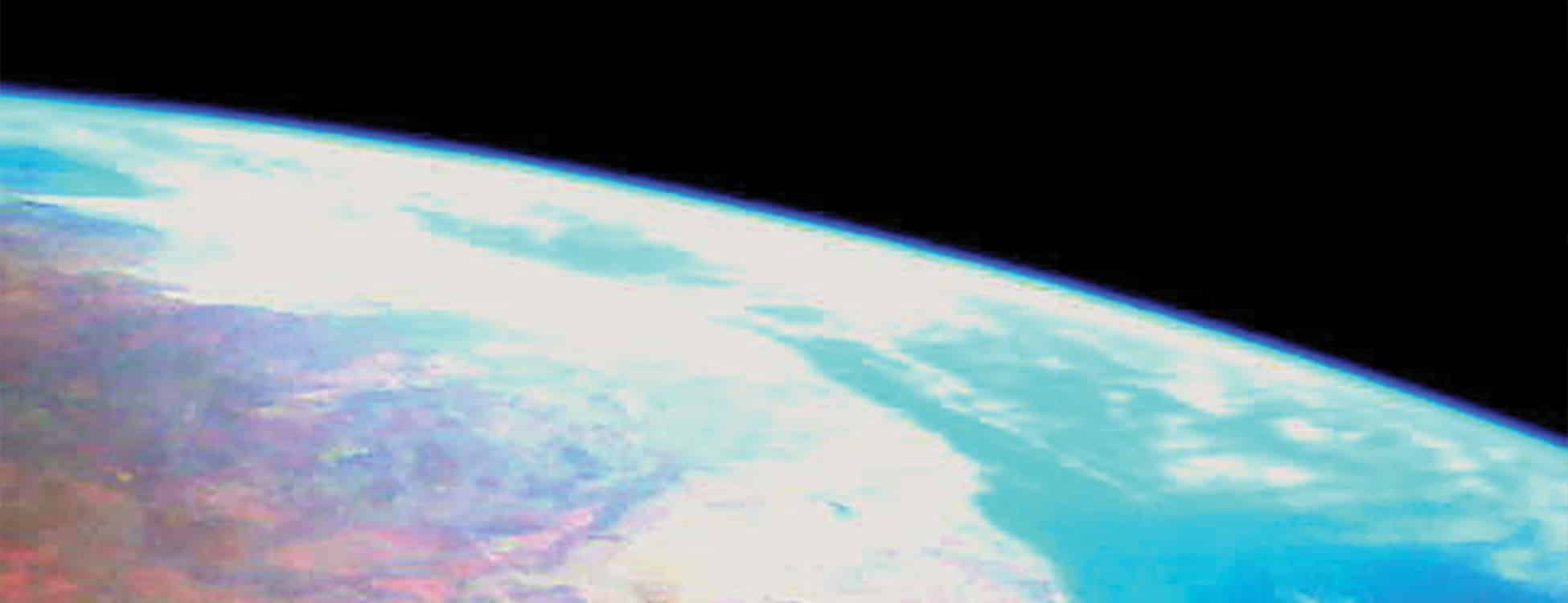WATCH VIDEO
Twenty four months and two days until it burned up,” says Vermont Technical College physics professor Carl Brandon. “And we talked to it 23 hours before it burned up.”
You might not expect someone to talk about the destruction of tens of thousands of dollars of equipment with a smile, but Vermont Technical College physics professor Carl Brandon knows that it’s part of working in space. After two years in orbit, the college’s CubeSat re-entered the atmosphere and was destroyed.
“It’s a four-inch cube with little quarter-inch legs on the ends,” he says.
We first told you about VTC’s CubeSat program back in 2013, when it had just been launched into space. Even then, they knew the small satellite only had two years to take measurements and photos of the Earth. What they didn’t know was just how successful it would be. Of the dozen university cube satellites launched on this rocket, Vermont’s was the only one that lasted the full two years.
“The bitter part is well, it’s no longer up there, but the good part was it worked as expected for the full time it was in orbit. And nobody else came close,” he says. “We really developed a very good reputation.”
Brandon credits their success to their cutting-edge software program.
“The software is really the most complicated part of the satellite,” he says. “And most of the people who build satellites don’t understand that.”
And VTC hopes this success will attract more students to their programs with a new masters program in software engineering and a chance to work on an even bigger project with NASA!
“The new satellite is going to have much, much more complicated software. It’s an enormous jump up for us,” Brandon says.
That jump is to the moon! Thanks to the success of their CubeSat, VTC is now designing the software on the Lunar Ice Cube project. It will be the first of its kind, set to launch in the summer of 2018.
“This thing can get spit out of the rocket as it goes by the moon, make this big long looping path to get into orbit around the moon, orbit the moon for six months,” he says. “And the plan was to then crash it into the moon for disposal.”
But he says he’s hoping they might be able to take it even farther after that, perhaps to even on a mission to Mars.
Brandon says the software engineering field is a growing one and graduates are in high demand. He says it’s the highest-paying job category after Wall Street bankers.
